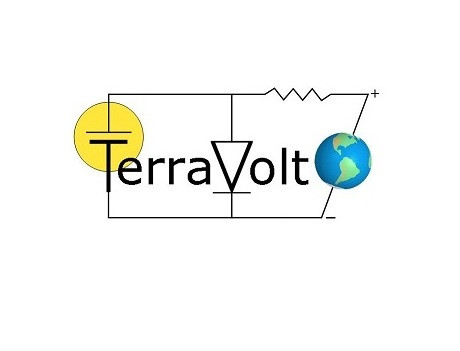Please email me ... I can date those NiFe cells
If you email me I can put you in contact with a dating expert for old Nickel Iron cells for the 1920s. Many of them are still in use after some rejuvenation (washing and refilling with electrolyte.) People are curious about their ancient cells and this question of dating keeps coming up.
I will try to track down the dating codes to post here as well.
Ian Soutar
If you email me I can put you in contact with a dating expert for old Nickel Iron cells for the 1920s. Many of them are still in use after some rejuvenation (washing and refilling with electrolyte.) People are curious about their ancient cells and this question of dating keeps coming up.
I will try to track down the dating codes to post here as well.
Ian Soutar

Comment